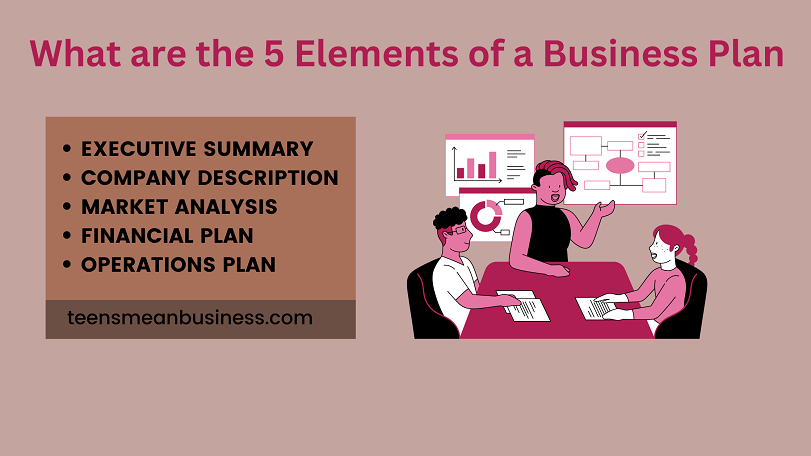Physical Address
304 North Cardinal St.
Dorchester Center, MA 02124
Physical Address
304 North Cardinal St.
Dorchester Center, MA 02124

If you’re starting a new business, creating a comprehensive business plan is a crucial first step. A business plan serves as the blueprint for your venture and having a well-thought-out plan is essential for securing funding, attracting investors, and preparing for a successful launch.
Table of Contents
When writing a business plan, you need to cover five key sections – the executive summary, company description, market analysis, financial plan, and operations plan. Failing to thoroughly develop each of these critical pieces can leave potential gaps in your plan.
In this post, we’ll explore what key information needs to be included in each of these five integral sections of a startup business plan.
The executive summary is a high-level overview of your business plan. Although it appears first in your document, it should be written last as a summary of all the key points covered. Effective executive summaries touch on:
Aim for 1-2 pages highlighting the most vital details to hook readers.
This section provides an in-depth look at your company’s background, operations, offerings, and team. Important elements to cover include:
Conducting thorough market research is crucial for assessing opportunities. In your market analysis section, examine:
Back up claims with data. Demonstrate you truly understand your industry dynamics.
The financial plan translates your business model into numbers. Important components include:
This section details how your business will operate day-to-day:
Covering each of these five components in sufficient detail provides a comprehensive business roadmap focused on viability and success. With diligent planning, your new venture can turn plans into reality.